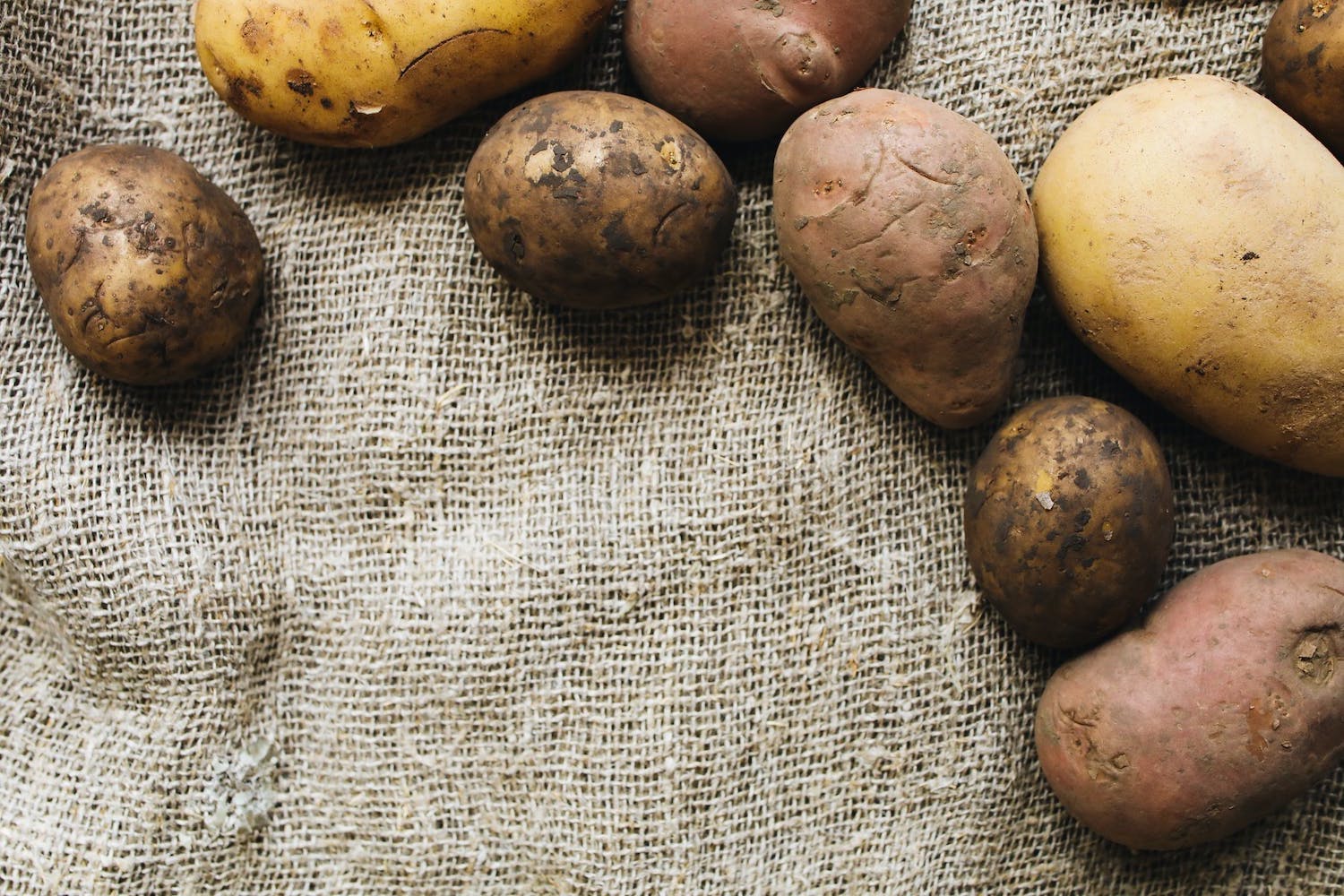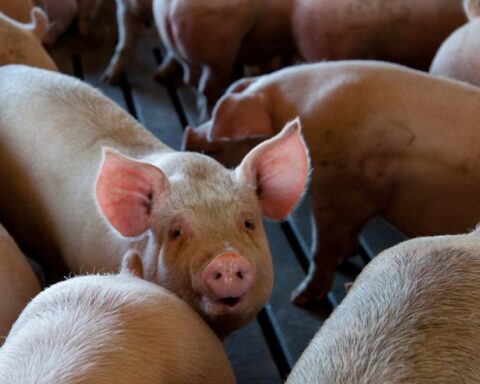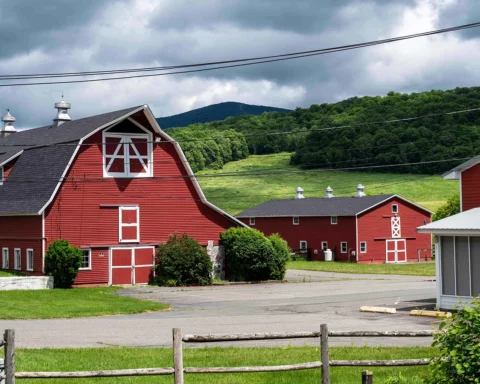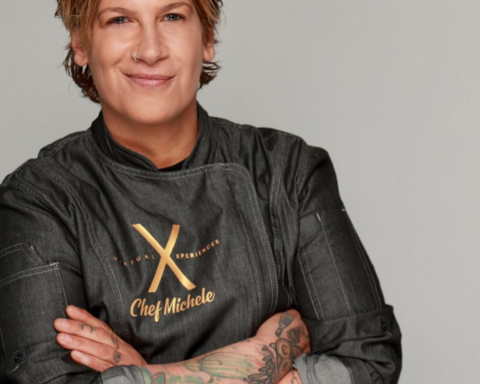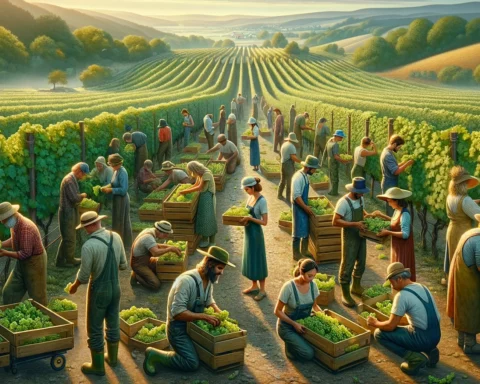Wisdom for the Word Weary
“The Almighty may have sent the potato blight, but the English caused the famine.”
— Irish historian John Mitchel
Growing our own healthful, organic food is an act of resistance. When I’ve been occupied as a market gardener, I thought of myself as an absolute rebel.
There is no secret as to why the big seed companies want to patent as much of the range of grains and produce as the law will allow. In the 2013 case brought by Monsanto against 75 year old Indiana farmer Hugh Bowman, the U.S. Supreme Court ruled that farmers may not save patented seed from one harvest to use to plant next year’s crop. Bowman was slapped with an $84,000 fine, and thus began a long chain of new patents for crops beyond the genetically modified soybeans and corn that Americans were already consuming.
Saving seed, the almost magical process that helped humans to control their own dietary destiny starting at least 12,000 years ago, was now under attack. Initially, corporations attempted to simply patent existing, heirloom seeds if they had the ability to map the plants genome. That evil scheme was less successful, though legal mechanisms still exist, such as the Utility Patent and the Plant Variety Protection act that restrict second generation propagation of various vegetables, potatoes, and other tuberous species.
I’d love say that this effort by business to dominate agriculture and dictate how farmers make a living is a demonic idea conjured up by capitalism, but the truth is that the tactic is almost as old as agriculture itself, and has been used to subjugate people the world over. The Great Irish Potato Famine is a case in point.
In 1649, the British Parliament unleashed Gen. Oliver Cromwell to crush any Catholic resistance to English occupation of Ireland. After three years of slaughter, remaining rebellious factions were driven underground, and Parliament began legislating the oppression of the Irish to solidy their control. The Irish weren’t allowed to own or lease land. As explained in South Coast Today,
They could not own or lease land, vote for or hold public office, live within five miles of the center of town, marry a Protestant, carry firearms, own a horse, obtain an education, or undertake any activity necessary for a person to succeed in society.
South Coast Today
What they could do is labor for their British and Protestant masters, growing all manner of crops for export to enrich the aristocracy and an ascendant merchant class. And they could eat potatoes. Almost all other crops were forbidden for Irish consumption (though I have little doubt that a certain amount of grains and vegetables “fell off the back of a truck” here and there…)
Tragically, when potato blight arrived in Ireland in 1845, Parliament did nothing to alleviate the suffering of the Irish serfs who couldn’t even manage to harvest their staple food source at a subsistence level. Unable to get enough to eat, families were evicted by absentee English landowners as adults and children starved to death, leaving too few to work the rocky fields. Meanwhile, exports of other foods continued.
You might think, given the painful hereditary scars connected with the crop, the Irish and those of Irish descent elsewhere might say “We shall never eating another fucking potato.” But the reverse is true. The potato keeps a stubborn grip on its place at the table in a ridiculous number of forms. Consider the myriad ways we prepare spuds versus the one or two ways we cook, say, Swiss chard.
Obviously the satisfaction and nutrition locked up in a potato have much to do with their ubiquity, but I sense each tuber hides a dose of Vitamin R — Rebellion — in every fry, chip, baker, latke, or dollop of mashed. And this has a lot to do with the fact that one potato yields about six to eight “seeds” that, once planted and hilled a few times, can yield up to 20 potatoes in return (for the fairly challenging labor).
So, this is where I warn you NOT TO BUY TOO MANY seed potatoes if you’re new to growing them. The planting is the easy part — everything else get more…involved. Once again, like strawberries, if you order from FEDCO, your seed potatoes will arrive on your doorstep at the correct time, and, since you’re going to wait for them to grow eyes, even then you won’t be in a huge hurry. We’ll talk about the actual horticulture of the crop later.
The fact that with very, very little space to garden, you can put up 50, 100, or more POUNDS of nutrition for Autumn and Winter is just about the most subversive thing you can do to stick to Big Food. Assuming you don’t use any chemical fertilizers or pesticides, you’ll also be protecting yourself. Potatoes grow in the ground, you know? Where all the toxins end up?
(NOTE: Don’t buy potatoes at the supermarket for seed — the ones you get through FEDCO and other suppliers have been tested for blight. The Northeast had a season about a dozen years ago with some pretty widespread blight brought in with tomato starts from big box stores, and trust me, you don’t want to see — or smell — what that experience is like).
Remember that this series is all about eating like the dignified American, deserving of the very best food that you are. So let’s wrap up with my picks for the most elite potato varieties on my list of faves.
Descriptions come from FEDCO
Kennebec – buff skin, white flesh. The quintessential Maine potato, with large uniform tubers that store extremely well. High yielding and adaptable to various soil and growing conditions.
(And I’ve found them to be the fluffiest, tastiest baked potato available)
German Butterball: lightly russetted yellow skin, yellow flesh. These buttery tubers are hands-down the best-tasting roasting potato in the winter. High yields, good storage qualities.
Chieftain – red skin, white flesh. Rounded oblong tubers with pinkish-red and slightly netted skin. Shallow eyes for easy peeling. Matures later than most earlies.
(These make for some AMAZING new potatoes if you set aside some of the row for early picking!)
Magic Molly – deep purple skin, deep purple flesh. Pick them as sweet little fingerlings early or hold out for larger potatoes later in the season. Distinctively earthy flavor and pleasantly waxy texture.
(These are just the mostest fun. And normally something I wouldn’t buy, since they are typically available at a pricepoint more accessible to the three percent.)
So there you have it! My picks for your first foray in ‘tater growin’ and pickin’! What I HOPE you do is get together with friends and neighbors and buy all of them together and divide up the different varieties when they come in. That way, you’ll all get several pounds of each, and can compare notes on what worked best and what methods were non-starters — exactly the way, I imagine, that our ancestors millennia ago first started learning together how to fight hunger by taking control of their own dietary dignity.

